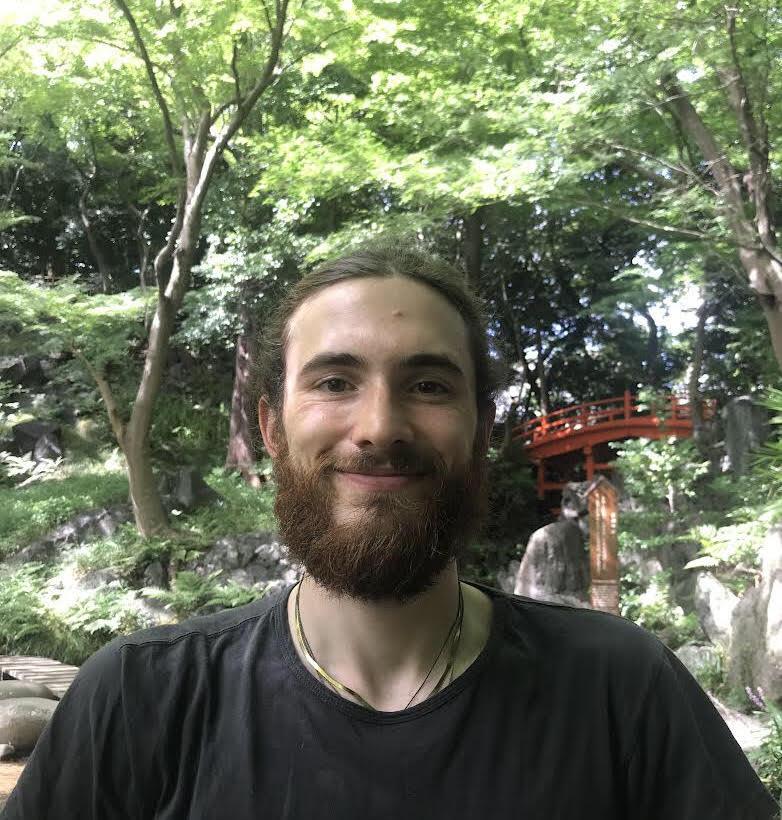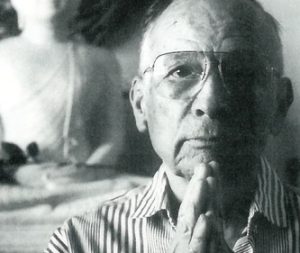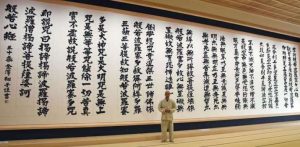
Note: the text that follows has been dutifully squeezed through the mind of a human being—in other words, no artificial intelligence was coerced into writing this article!
School teachers, soccer moms, and software engineers are all talking about it: ChatGTP may appear to be our first real glimpse of artificial intelligence on tap, although the message of this new medium remains as yet unclear.
For those blissfully unaware or disciplined enough to not have tumbled down the rabbit hold of AI assisted chatbots, ChatGPT is a free text-based artificial intelligence tool that is capable of generating sophisticated responses to a nearly limitless array of questions. Too lazy to come up with a creative meal from leftovers in the fridge? Need to write that mid-term paper on the lasting social impact of Dr. B. R. Ambedkar in modern India? Curious to read a one-page summary of Nagarjuna’s dialectic of emptiness written for a 12-year-old? ChatGPT has you covered—or will at least drop you in at the deep end.
Whichever way you see it, ChatGPT and other AI chatbots, such as Google’s Bard and Microsoft’s Bing, are causing a stir in the collective. But to see clearly the reality of this emerging technology, we must cut through the manic media narratives to glimpse the truth as it relates to our innermost values.

Cutting through the hype
In pursuit of this clarity, the ever-trusty trail of money beckons as a starting point in getting a grip on the situation. Recently, Microsoft publicly announced its plan to continue “multibillion-dollar” investments into OpenAI, the company which built ChatGPT (and other high-octane AI tools such as DALL-E, a text-to-image generation platform). By integrating AI support directly into Microsoft’s Bing search engine, the company hopes to carve out a portion of Google’s eye-watering 90 per cent market dominance.
If AI is truly able to revolutionize the way we search for information on the internet, as OpenAI CEO Sam Altman predicts, then we are just at the beginning of a steep curve in technological innovation that is characteristically impossible to predict. An AI-fueled gold rush akin to the dot-com boom may be right around the corner, hence the heavy investment from an organization like Microsoft, which the public would generally assume to have its finger on the pulse.
But what exactly is it that would create this value? Fast, efficient, and highly coherent manipulation of vast data sets. Practically, this is already the basic purpose of internet search engines, and AI tools will only make this activity more natural and precise, like asking an intelligent human assistant (who knows you well) to complete your assigned tasks.
Without getting lost in the weeds of potentially troubling implications that this last sentence invites, let’s return to the present. In reality, ChatGPT is the first big step on a long journey of human integration with artificial modes of intelligence. Indeed, the developmental path of these systems is not in any way separate from our own. The machine learning mechanisms and computer science wisdom that built ChatGPT are themselves functions of the human mind—extensions of it into coded behavior designed to mimic our own thought—and information—processing capacities. Of course, by the same token, those less desirable qualities of human thought are also encoded, namely ignorance manifested through inconsistencies in the validity of historical information and unconscious bias. Ever a work in progress, OpenAI is clear that faults in ChatGPT are the result of finite data on which the model was trained and a meshwork of emergent challenges to coherent sense-making—excuses similar to “I didn’t know” or “that’s not what I meant” often heard in disagreements with friends or coworkers.

Mimicry machine
Here we find a rich vein for engaged Buddhist reflection, a view first concerned with the individual’s experience before expanding into structural and, ultimately, cultural awareness of our interdependence and mutual responsibility for creating a harmonious society.
At the individual level, ChatGPT opens an important doorway into self-reflection through the very principles on which it operates. Setting aside the high-tech problem-solving beneath the surface, at this stage in its development, ChatGPT essentially functions as a predication machine. Based on the prompt inputted, the machine predicts the most accurate response by pulling together information from the colossal data set on which it was trained. Humans do much the same.
Most of the time we are highly predictable creatures operating on deeply conditioned patterns determined by our past experiences. Our responses to prompts are not difficult to predict—especially by loved ones—and our approaches to problem-solving tend to follow well-worn cognitive grooves. In Buddhism, these grooves or habitual mental formations are referred to as sankharas (Pali. that which has been put together). In meditation we experience these grooves pulling us away from direct perception and into familiar conceptual realms that proceed to cloud awareness with enticing forms. Regularly waking up to this habitual patterning is the practice of mindfulness, a method used to actively intervene in thought processes forking away from reality into ignorance and delusion.
ChatGPT does not have mindfulness—at least, not yet—and so we must consider that there are no mechanisms in place for ethical or moral realignment when inputted prompts to intentionally manipulate the technology away from personal or collective values.
However, ChatGPT is already advanced enough to mimic the predictable quality of our linguistic minds so well that we find it not only sufficient for complex task automation (such as essay writing, troubleshooting code, and so on) but uncanny, even therapeutic when we shift its focus to those topics we hold most dear.

An AI mirror
Take for instance the way New York-based artist and technologist Michelle Huang decided to use ChatGPT’s cousin program GPTPlayground to create her own “inner child chatbot.” By training the technology on 40 snippets of text from journal entries that Michelle wrote between the ages of 7–18, she was able to get “working responses” to questions she posed in a way that she described as “eerily similar” to how she felt her younger self would have written. Engaging in this text-based conversation, Michelle recognized patterns in the thought process of “Young Michelle” that helped her to connect with and release nagging feelings of low self-worth and disappointment which she had carried since childhood.
While it is not recommended to begin using ChatGPT as a personal therapist, the self-reflective potential of this technology abounds and, at least in Michelle’s case, supported skillful engagement with her own suffering.
What begins to emerge as one through line in the individual’s relationship with technologies such as ChatGPT is the growing importance of discernment and critical awareness. In a world that is quickly becoming coauthored by non-breathing advanced language models, we must remember not to take everything that is read as verbatim truth. The proliferation of well-worded fake news and various other means of ideologically weaponizing generative AI demands that we take responsibly for careful filtration of our modern media diets.
Just as in the Kalama Sutta the Buddha encouraged his disciples to practice ehipassiko (Pali. seeing for oneself the truth), we too must diligently practice discernment in the strange new world of articulate gibberish that now surrounds us.
See more
Digital Bodhisattva (Facebook)
Digital Bodhisattva (Clubhouse)
Digital Bodhisattva Initiative (Linktree)
International Network of Engaged Buddhists (INEB)
INEB (Twitter)
ChatGPT
GPTPlayground
DALL-E
Microsoft and OpenAI extend partnership (Microsoft)
OpenAI CEO Sam Altman | AI for the Next Era (YouTube)
She Brought Her Younger Self Back to Life as an AI Chatbot (CNET)
Related features from BDG
The Value of Art in a Digital Age
Buddhistdoor View: We’ll Get the AI We Deserve
*enter* Digital Bodhisattva _/\_
Mahayana Buddhism and Quantum Physics: Illusion, Emptiness, and Reality














